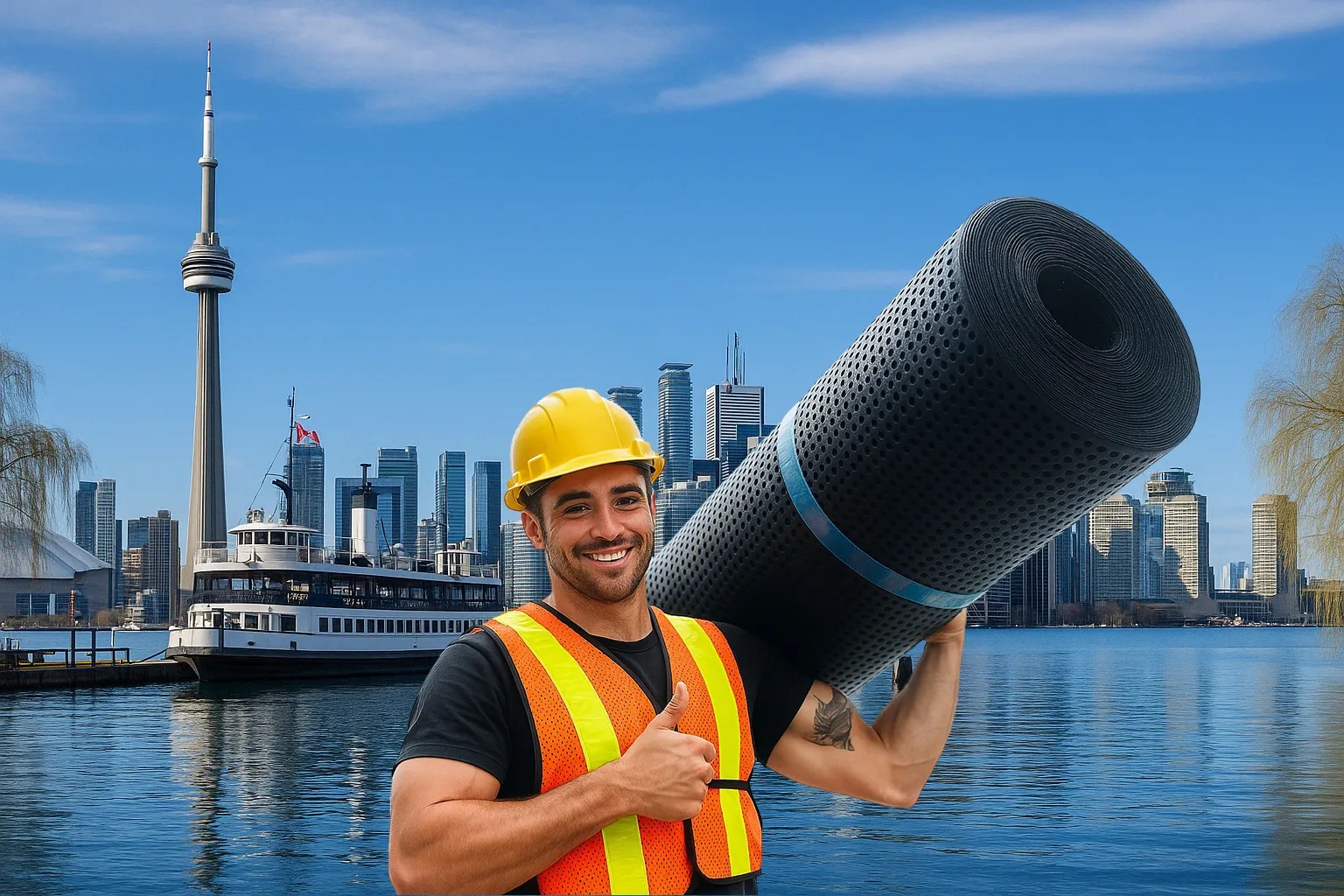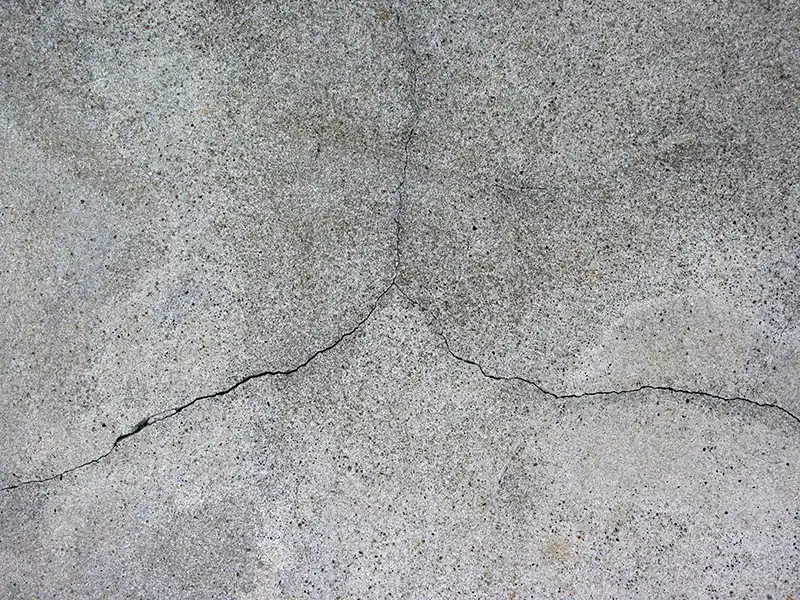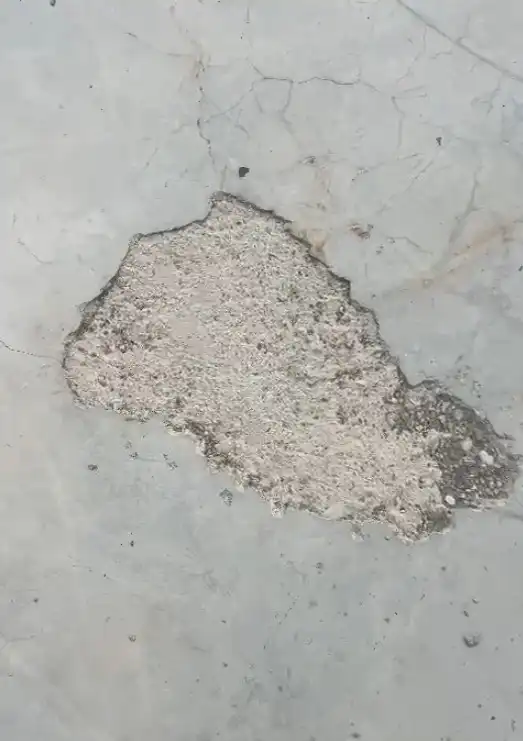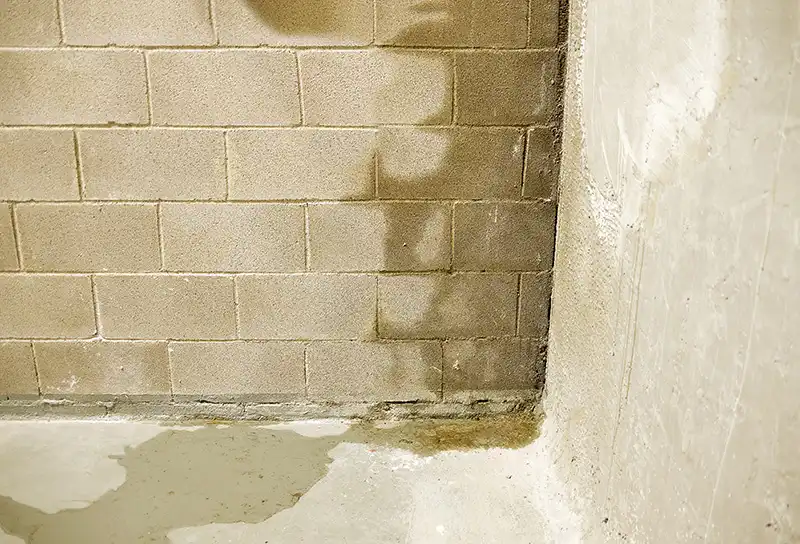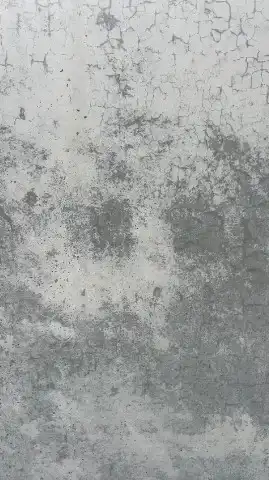Backwater Valve Toronto Rebate & Installation Guide
Protect Your Home from Sewage Backup - Get Up to $3,400 Back
Nothing ruins a home faster than raw sewage flooding your basement. When city sewers overwhelm during storms, that waste has nowhere to go but back up your pipes and into your lowest drains. The damage is catastrophic - not just financially, but to your family’s health and your peace of mind.
A properly installed backwater valve is your last line of defense against this nightmare. This simple device automatically seals your sewer line when backflow threatens, keeping sewage where it belongs - out of your home. With Toronto’s aging infrastructure and increasing extreme weather, it’s not a question of if sewage backup will threaten your home, but when.
This guide covers everything about backwater valves - how they work, installation requirements, costs, city rebates, and why every Toronto homeowner needs this critical protection.
What Is a Backwater Valve?
Your Defense Against Sewage Backup
Simple Definition: A backwater valve is a one-way valve installed in your sewer line that allows wastewater to flow out but automatically closes to prevent sewage from backing up into your home.
How It Works:
| |
Types of Backwater Valves:
Mainline Backwater Valve:
- Protects entire home
- Installed on main sewer line
- Most comprehensive protection
- Eligible for backwater valve Toronto rebate
- Professional installation required for City of Toronto basement flooding protection subsidy
Fixture Backwater Valves:
- Protects single fixtures
- Installed at specific drains
- Limited protection
- Less expensive
- Supplement to mainline
Components:
- Valve body (cast iron or PVC)
- Flapper gate (seals when needed)
- Access cover (for maintenance)
- O-ring seals (watertight closure)
Why You Need Protection
The Growing Risk in Toronto
Sewage Backup Causes:
- Heavy rainfall overwhelming sewers
- Sewer line blockages
- Infrastructure failures
- Tree root intrusion
- Frozen sewer lines
- Combined sewer overflows
The Real Cost of Sewage Backup:
| |
Toronto’s Vulnerability:
- 30% of sewers over 50 years old
- Combined storm/sanitary systems
- Increasing extreme weather
- Urban density strain
- Limited system capacity
Insurance Reality:
- Many policies exclude sewer backup
- Or have limited coverage ($10,000-25,000)
- High deductibles apply
- Premiums increase after claims
- Some homes become uninsurable
City of Toronto Rebate Program
Get Up to $3,400 Back
Basement Flooding Protection Subsidy: Toronto offers significant rebates for qualifying backwater valve installations to reduce strain on the sewer system.
Rebate Amounts:
| |
Eligibility Requirements:
- Property owner-occupied
- Previous flooding not required
- Licensed plumber must install
- City inspection required
- Proper permits obtained
Application Process:
- Hire licensed plumber
- Obtain plumbing permit
- Install backwater valve
- Schedule city inspection
- Submit rebate application
- Receive rebate (6-8 weeks)
Important Notes:
- Work must be done AFTER application
- Pre-approval recommended
- Keep all receipts
- Photos required
- Inspection mandatory
Installation Process
Professional Standards & Requirements
Pre-Installation Assessment:
- Camera inspection of sewer line
- Locate optimal valve position
- Check permit requirements
- Verify rebate eligibility
- Provide detailed quote
Installation Steps:
Step 1: Excavation
- Locate sewer line precisely
- Excavate access pit
- Usually in basement floor
- Sometimes exterior installation
- Minimize disruption
Step 2: Pipe Preparation
- Cut existing sewer pipe
- Clean and prepare ends
- Ensure proper slope
- Check pipe condition
- Replace if necessary
Step 3: Valve Installation
| |
Step 4: Testing
- Flow test with water
- Check valve operation
- Verify seal integrity
- Test under pressure
- Document function
Step 5: Finishing
- Pour concrete around valve
- Install access cover
- Ensure easy maintenance
- Clean work area
- Schedule inspection
Installation Locations:
Interior Installation (Most Common):
- Inside basement floor
- Near foundation wall
- Accessible for maintenance
- Protected from freezing
- City preferred method
Exterior Installation:
- When interior not possible
- More expensive
- Requires deeper excavation
- Freeze protection needed
- Special requirements
Types and Features
Choosing the Right Valve
Normally Open Valves:
- Standard for residential
- Allows regular flow
- Closes only during backup
- No power required
- Most common type
Gate Valve Options:
- Manual operation available
- For complete shut-off
- During extended absence
- Additional protection
- Requires access
Material Options:
Cast Iron:
- Traditional choice
- Very durable
- Corrosion resistant
- Higher cost
- 50+ year lifespan
PVC/ABS:
- Modern option
- Cost effective
- Lightweight
- Good performance
- 30+ year lifespan
Advanced Features:
- Clear inspection covers
- Alarm systems
- Battery backup alerts
- Smart home integration
- Freeze protection
Maintenance Requirements
Keeping Your Protection Active
Regular Inspections:
| |
Cleaning Process:
- Remove access cover
- Inspect flapper condition
- Remove any debris
- Check seal integrity
- Test movement freely
- Replace cover securely
Common Issues:
Debris Accumulation:
- Grease buildup
- Paper products
- Solid waste
- Solution: Regular cleaning
Flapper Problems:
- Wear over time
- Seal degradation
- Solution: Replace flapper
Warning Signs:
- Slow drainage
- Gurgling sounds
- Water in valve pit
- Visible damage
- Operation issues
Professional Service:
- Annual inspection: $150-250
- Cleaning service: $200-350
- Flapper replacement: $300-500
- Emergency service: Available 24/7
Cost Analysis
Understanding Your Investment
Installation Costs:
| |
Factors Affecting Price:
- Depth of sewer line
- Basement finishing
- Accessibility
- Pipe condition
- Additional repairs
- Location challenges
Cost-Benefit Analysis:
- Average installation: $2,500
- City rebate: -$1,750
- Your cost: $750
- Prevents: $30,000+ damage
- ROI: 4,000%
Insurance Savings:
- Premium reduction: 5-15%
- Better coverage available
- Lower deductibles
- Peace of mind: Priceless
Code Requirements
Meeting Toronto Standards
Building Code Requirements:
- CSA approved valves only
- Professional installation
- Proper permits required
- Inspection mandatory
- Specific locations allowed
Permit Process:
- Apply for plumbing permit
- Submit valve specifications
- Pay permit fees
- Schedule rough-in inspection
- Final inspection after install
Installation Standards:
- Accessible location required
- Minimum clearances specified
- Proper venting needed
- Slope requirements maintained
- City specifications followed
Common Violations:
- DIY installation
- Wrong valve type
- Poor accessibility
- Improper slope
- No permit obtained
Limitations and Considerations
Understanding Complete Protection
What Backwater Valves DON’T Prevent:
- Foundation cracks leaking
- Window well flooding
- Groundwater seepage
- Plumbing failures above valve
- Storm sewer issues
Usage Limitations: When valve is closed during backup:
- Cannot use basement drains
- Limit water usage upstairs
- Toilets may not flush
- Wait for all-clear
Complete Protection Requires:
- Backwater valve (sewage)
- Sump pump (groundwater)
- Waterproofing (foundation)
- Proper grading (surface water)
- Working gutters (roof water)
Special Situations:
Gravity Drainage Challenges:
- Some homes can’t gravity drain
- Require sewage ejector pumps
- More complex systems
- Higher costs
- Professional design needed
Choosing a Contractor
Ensuring Quality Installation
Required Qualifications:
- Licensed plumber (mandatory)
- City of Toronto authorized
- Insurance coverage
- WSIB compliance
- Rebate program familiar
Questions to Ask:
- How many valves installed?
- Familiar with rebate program?
- Include permit in price?
- Warranty provided?
- Emergency service available?
Red Flags:
- No license verification
- Cash-only deals
- Skip permit process
- Unusually low prices
- High-pressure sales
Getting Quotes:
- Minimum 3 quotes
- Written details
- Itemized costs
- Timeline included
- Warranty specified
Emergency Response
When Backup Threatens
Immediate Actions:
- Stop using water
- Turn off washing machines
- Don’t flush toilets
- Call emergency service
- Document everything
During Sewage Backup:
- Evacuate affected areas
- Avoid contact with water
- Turn off HVAC
- Call restoration company
- Contact insurance
Health Precautions:
- Never touch sewage
- Wear protective equipment
- Discard contaminated items
- Professional cleaning required
- Medical attention if exposed
24/7 Emergency Service:
- Immediate response
- Valve installation
- Temporary protection
- Insurance coordination
- Complete cleanup
Warranty and Service
Long-Term Protection
Typical Warranties:
Valve Components:
- Manufacturer: 1-5 years
- Extended available: 10 years
- Cover defects only
- Registration required
Installation Warranty:
- Workmanship: 2-5 years
- Code compliance
- Proper function
- Leak-free guarantee
Our Coverage:
- 5-year installation warranty
- 24/7 emergency support
- Annual inspection included
- Priority service
- Transferable coverage
Maintenance Plans:
- Annual inspection
- Priority scheduling
- Discount on repairs
- Emergency coverage
- Peace of mind
Success Stories
Real Protection in Action
Case 1: July 2024 Storm
- Location: Etobicoke home
- Situation: 100mm rain in 2 hours
- Result: Valve activated, no damage
- Neighbor: $45,000 sewage damage
- Savings: Entire basement protected
Case 2: Chronic Flooding
- Location: Old Toronto row house
- History: Flooded 3 times
- Solution: Valve + sump pump
- Cost: $4,500 (after rebates)
- Result: Dry through 5 major storms
Case 3: Insurance Requirement
- Location: Scarborough bungalow
- Issue: Insurer threatened cancellation
- Solution: Full protection system
- Result: Coverage retained, premium reduced
- Bonus: Qualified for all city rebates
The Bottom Line
Essential Protection for Every Home
Key Takeaways:
Sewage Backup = Catastrophic Damage One backup can cost more than your car. The damage isn’t just financial - it’s your family’s health and home.
City Rebates = Affordable Protection Toronto pays most of the cost. Your net investment is minimal for permanent protection.
Professional Installation = Proper Function This isn’t a DIY project. Proper installation ensures protection when you need it most.
Investment Perspective:
- Skip it: Risk $30,000+ damage
- Install it: Pay ~$750 after rebates
- The choice: Obviously clear
Take Action Today
Schedule Your Backwater Valve Installation
Protect Your Home from Sewage Backup
Professional installation with city rebate assistance
Don’t wait for the next storm to test your home’s defenses. With city rebates available now, there’s never been a better time to install this critical protection.
